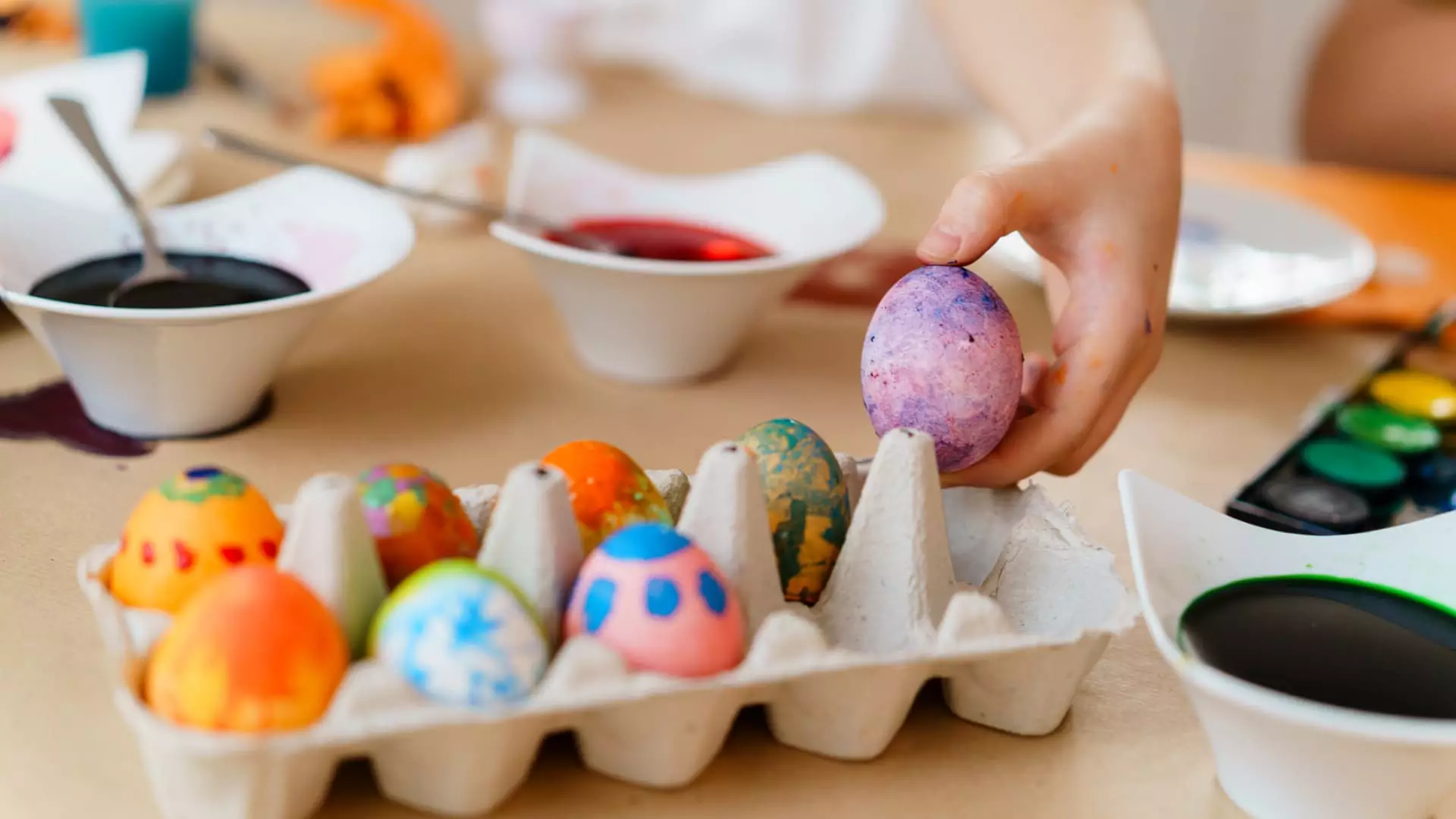The approach of the Easter holiday often ushers in a flurry of joyous activities, predominantly known for its cherished tradition of egg decorating. However, this year, the merriment is overshadowed by a formidable dilemma: a significant egg shortage that is driving prices to uncharted territories. The ramifications are felt not only by consumers but also by companies that revolve their annual revenue around the sale of egg dye kits and related products. This article explores the cascading effects of this crisis and how it shapes both consumer behavior and business outcomes.
In recent times, the wholesale price of eggs has surged dramatically, reaching an alarming $8.58 per dozen, primarily due to a devastating avian flu outbreak that has decimated over 52 million egg-laying birds. Such astronomical prices have made eggs an expensive commodity. With the average retail price now hovering around $6 per dozen or higher, consumers are facing a financial squeeze. As purchasing limits are instituted in many grocery stores to manage the dwindling supply, the psychological impact on consumers intensifies. The inflationary environment has also forced families to reconsider their egg-decorating plans, leading to a potential dip in demand for egg dye kits.
For companies specializing in Easter-related craft products, the egg crisis presents a dire threat. Ashley Phelps, CEO of Color Kitchen, articulates her concern regarding a probable downturn in sales, underscoring that many retailers are already ordering fewer products due to inflation apprehensions. Similarly, Natural Earth Paint, with its history of robust egg dye kit sales, is experiencing a significant decline, with orders reduced from typical levels to just 7,000 kits this year. Leah Fanning, the founder, acknowledges that the egg shortage is the primary reason for the staggered orders, highlighting a stark departure from past trends where sales surged during this season.
Despite these challenges, some companies remain optimistic. The holiday’s later date in April provides additional time for sales, and businesses like Hey Buddy Hey Pal, which offers the popular Eggmazing Egg Decorator, anticipate growth. Even though retailers have ordered fewer units, the company projects substantial sales, counting on the enduring popularity of Easter traditions to bolster business.
One of the most remarkable aspects of this crisis is how deeply rooted traditions can endure even in the face of adversity. A survey conducted by Signature Brands, the parent company of the renowned Paas egg dye kits, noted that an astounding 94% of respondents still plan to decorate eggs this Easter. Joe Ens, CEO of Signature Brands, succinctly captures the essence of this tradition by labeling it as one of the most economically feasible family activities during the holiday season. This suggests that, despite rising costs, the emotional value associated with such traditions may outweigh financial constraints for many families.
However, this doesn’t negate the reality that some families may choose to reduce the number of eggs they decorate or seek out alternatives altogether. Retailers like Michaels have reported a notable shift towards non-perishable crafting options, with plaster and plastic eggs gaining traction among shoppers. Such adaptations could indicate a significant change in consumer behavior, with families opting for creativity that lasts beyond the holiday, despite possibly higher initial costs.
As the Easter holiday approaches, the egg shortage looms large, with ongoing uncertainty regarding the situation’s resolution. Curtis McGill, co-founder of Hey Buddy Hey Pal, points to the unpredictable nature of avian flu outbreaks and their potential impacts on production. This precarious environment raises questions about how the industry will evolve in response to such challenges.
Vendors will need to adapt not only to changing consumer preferences but also to the fluctuating availability of key products. The crisis has forced companies to innovate, whether through offering alternative decorating mediums or enhancing their product offerings. The challenge remains that the Easter season is intrinsically tied to the act of egg decorating, and while many families may adapt, others might feel disillusioned.
The egg shortage presents a multifaceted challenge impacting consumers and businesses alike as Easter approaches. While traditions endure, the landscape of how these traditions are celebrated may be evolving, potentially leading to lasting changes in consumer behavior and business strategies. Only time will tell how the industry navigates these turbulent waters but the essence of joy and creativity that defines Easter traditions remains resilient.

